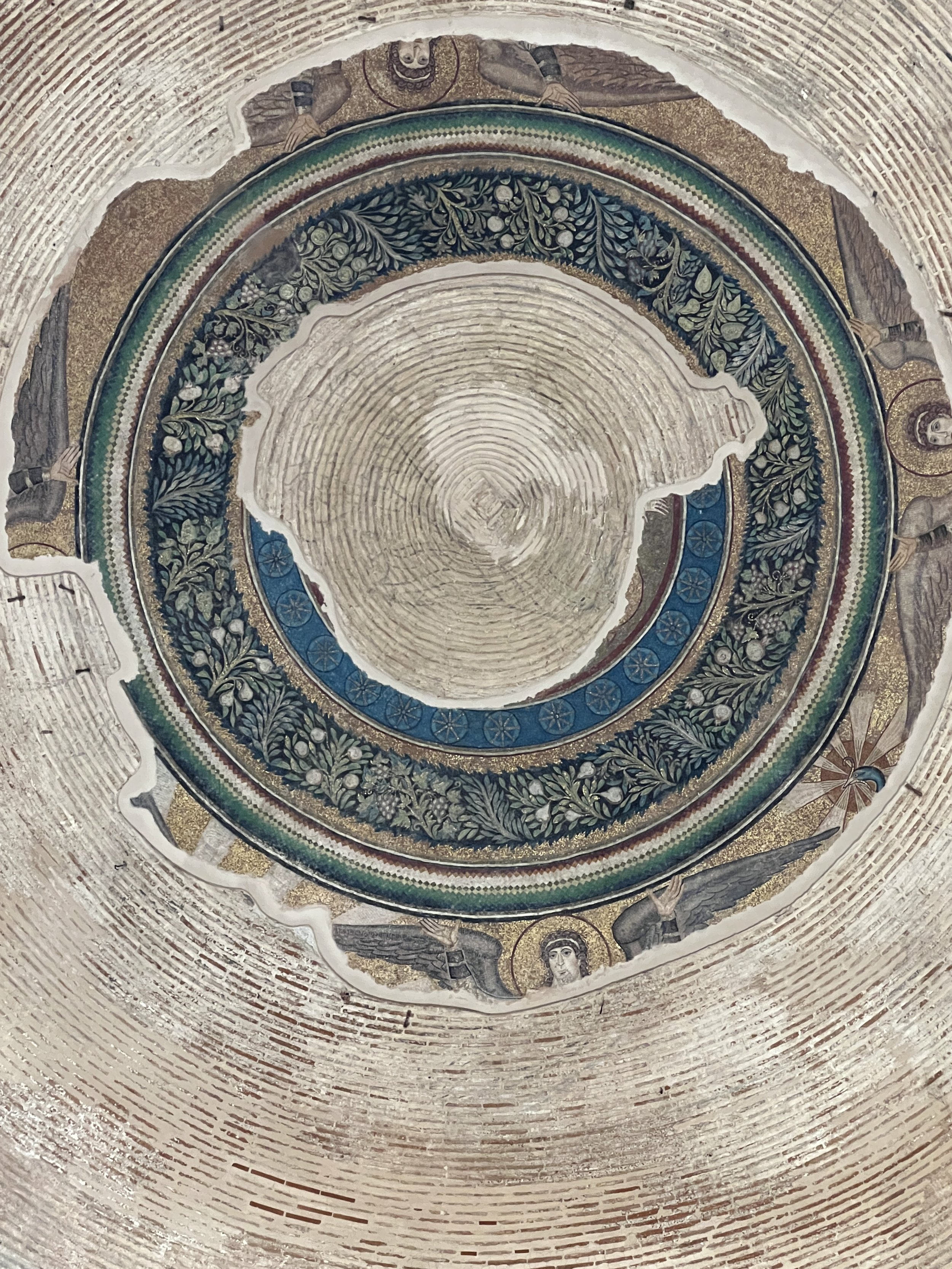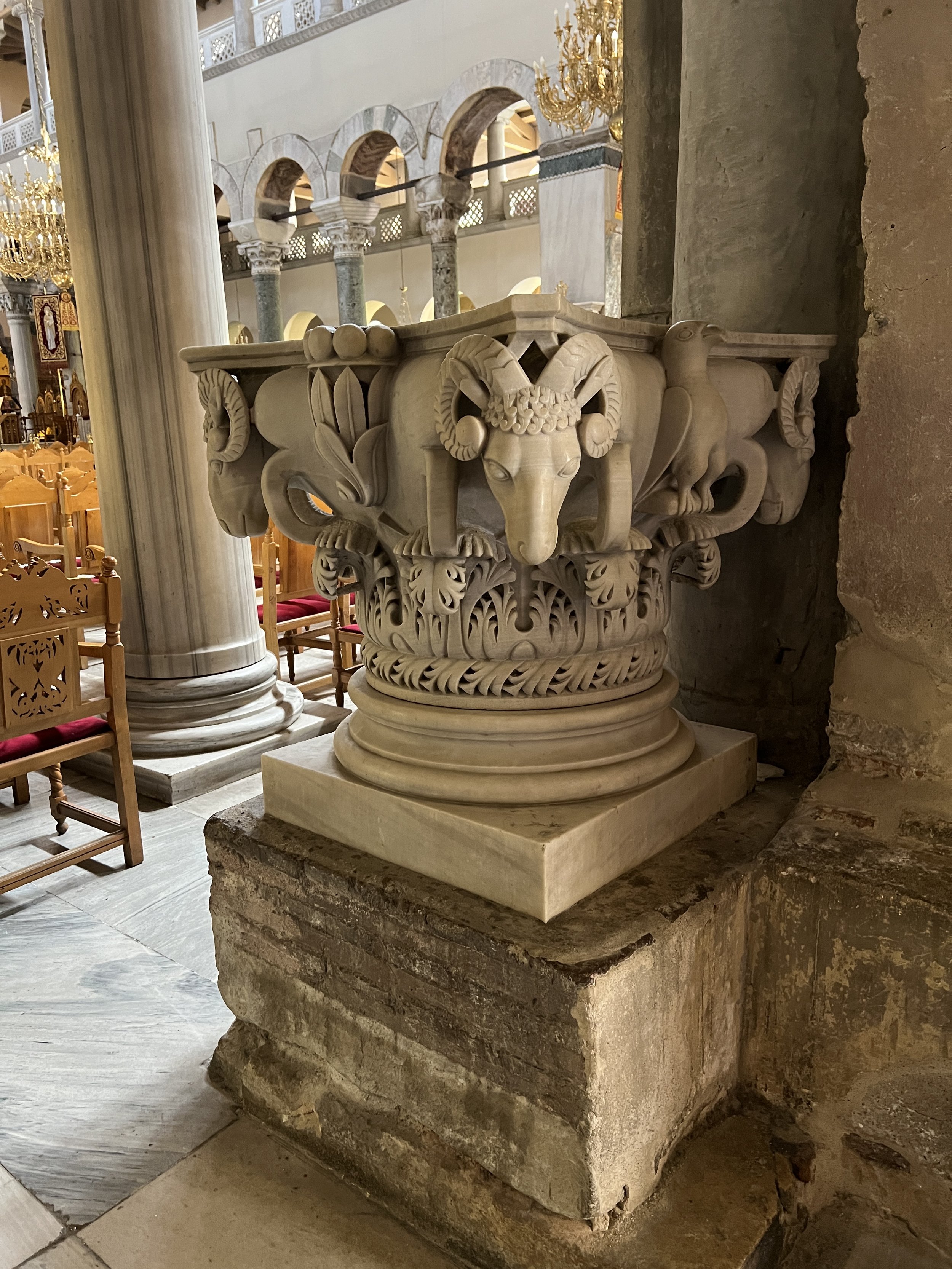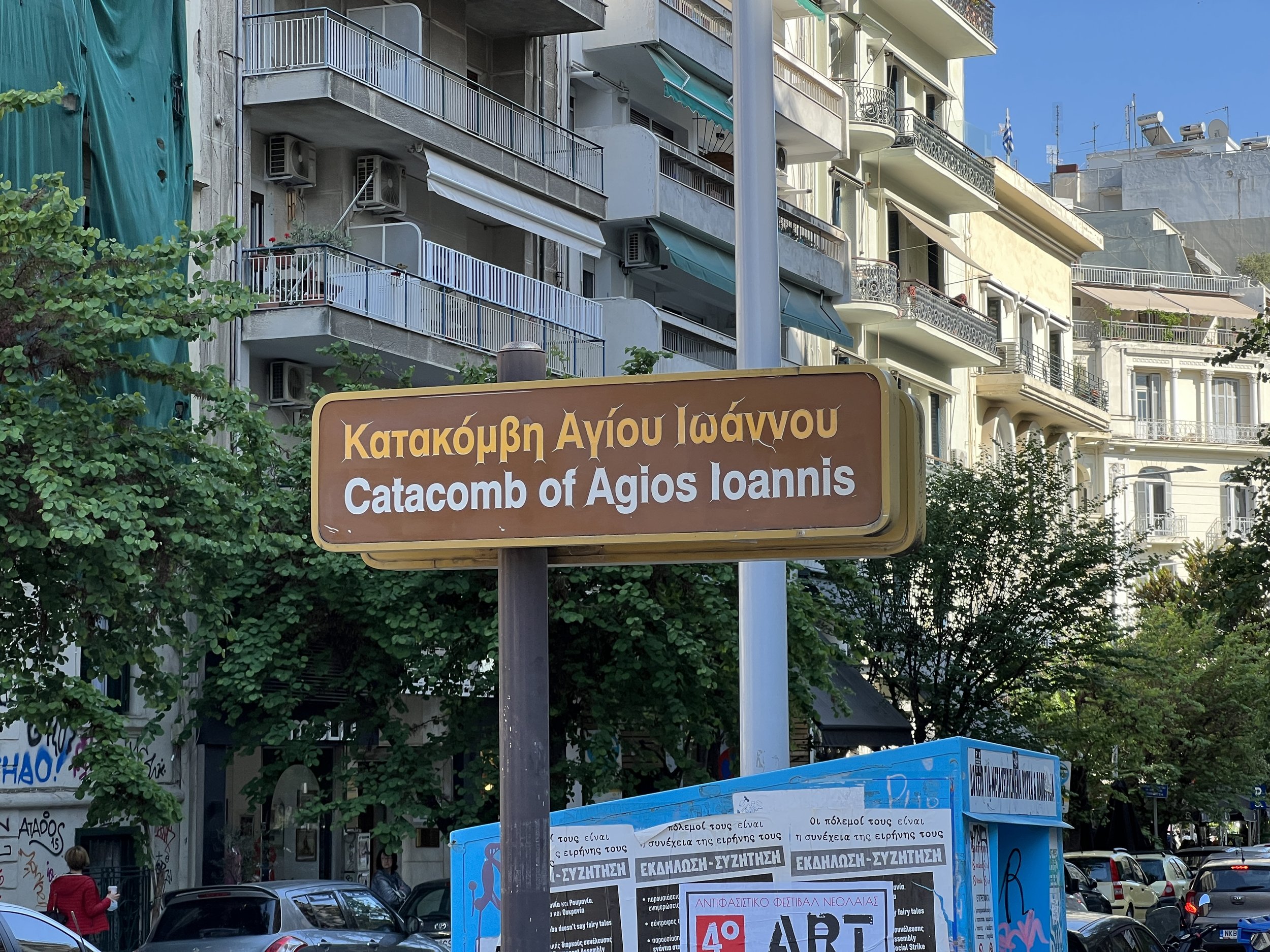Thessaloniki, Greece
“Now when they had passed through Amphipolis and Apollonia, they came to Thessalonica, where there was a synagogue of the Jews. And Paul went in, as was his custom and on three Sabbath days he reasoned with them from the Scriptures…” Acts 17:1-2
Thessaloniki was an important city in ancient times - and especially after being made the capital of Macedonia in the early Roman period. Having a large accessible port and having been connected to the Via Egnatia further cemented the importance of the city and was still the case at the time of Paul’s travels in Macedonia around 49 - 51 AD. Because Rome had designated Thessaloniki a free city and allowed to govern itself, the locals were careful not to offend Rome and risk this freedom. Local leaders were called Politarchs - they and the prominent Jews grew so threatened by Paul that he was forced out and on to Berea.
The modern city is of course built over the ancient remains, but there is an excavation of the Roman forum - under which was the Greek forum of Paul’s day - including a bath, a two story stoa along the south side (a cryptoporticus - underground gallery with vaulted supports), and an odeion. The odeion at the east end of the forum has 7 restored rows but was 26 rows at is maximum. The whole rectangular forum area was originally two terraces.
Near the forum is the Hagios Demetrios, a byzantine church originally built in the early 4th century AD on the site of a Roman bath. During our visit, the basement and excavations below the church were closed due to renovations.
A few blocks walk from the forum is the Arch of Galerius and the Rotunda. The arch was built in the late 3rd century AD in celebration of Galerius’s victory over the Persians. The 8 pillared triple arch connected the Rotunda (possibly built as Galerius’s mausoleum) and the palaces that led down to the harbor.
The Rotunda is a circular structure reminiscent of the Pantheon in Rome. It has been a basilica, a mosque, a christian church and a museum. The mosaics of the rotunda are considered some of the most dazzling examples of earliest byzantine art.
The catacombs of St John the Baptist, near the Thessaloniki Church of Hagia Sophia and under the modern road were also closed for repairs while were there - only a small peak visible from the outside.
Thessaloniki, Greece - Roman Forum








































